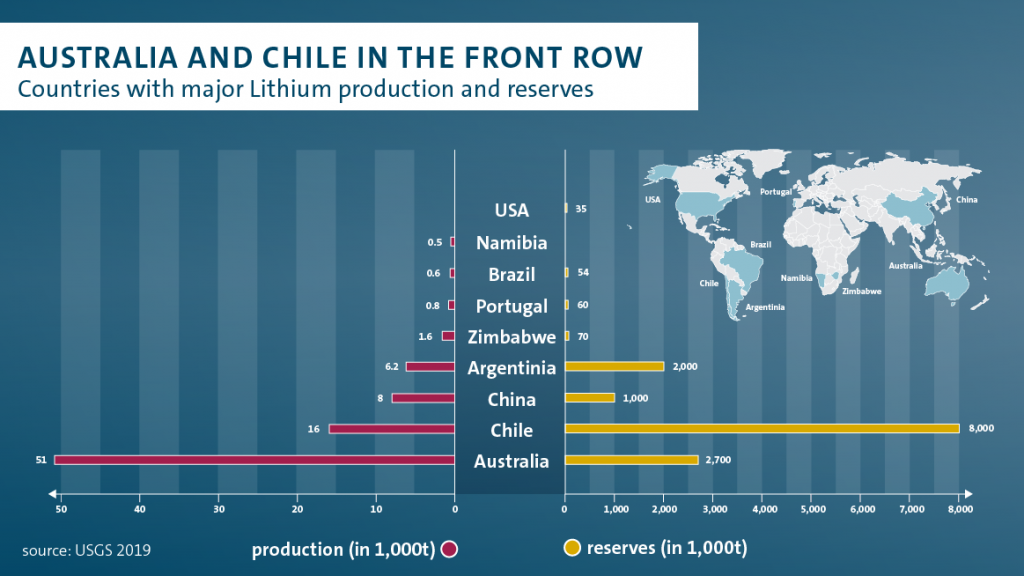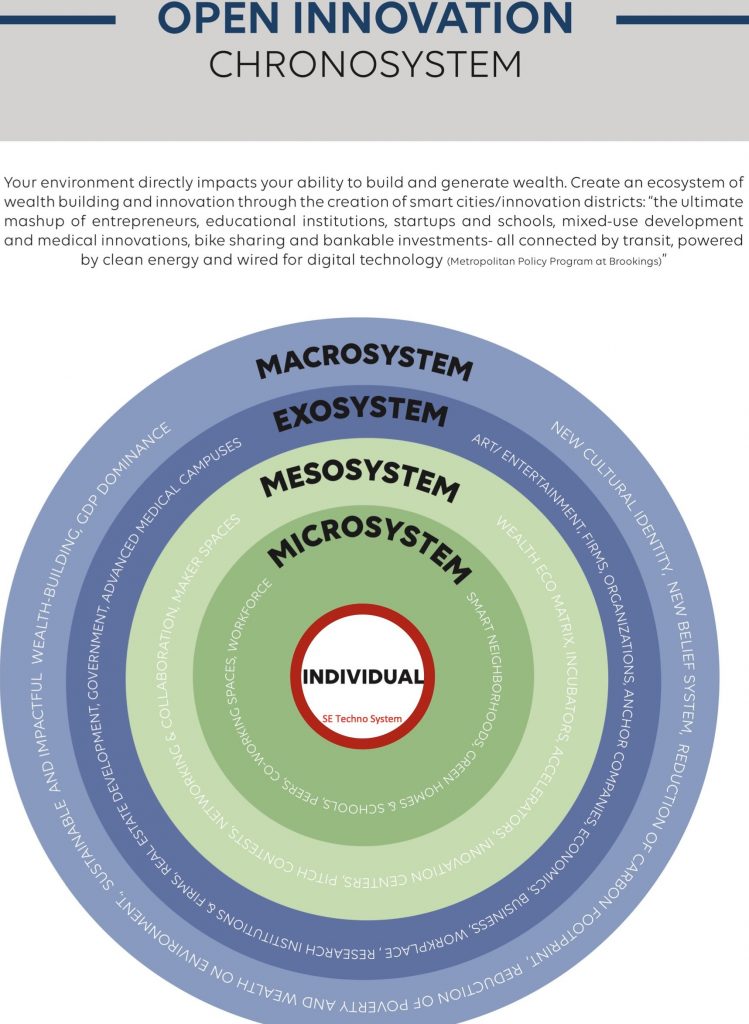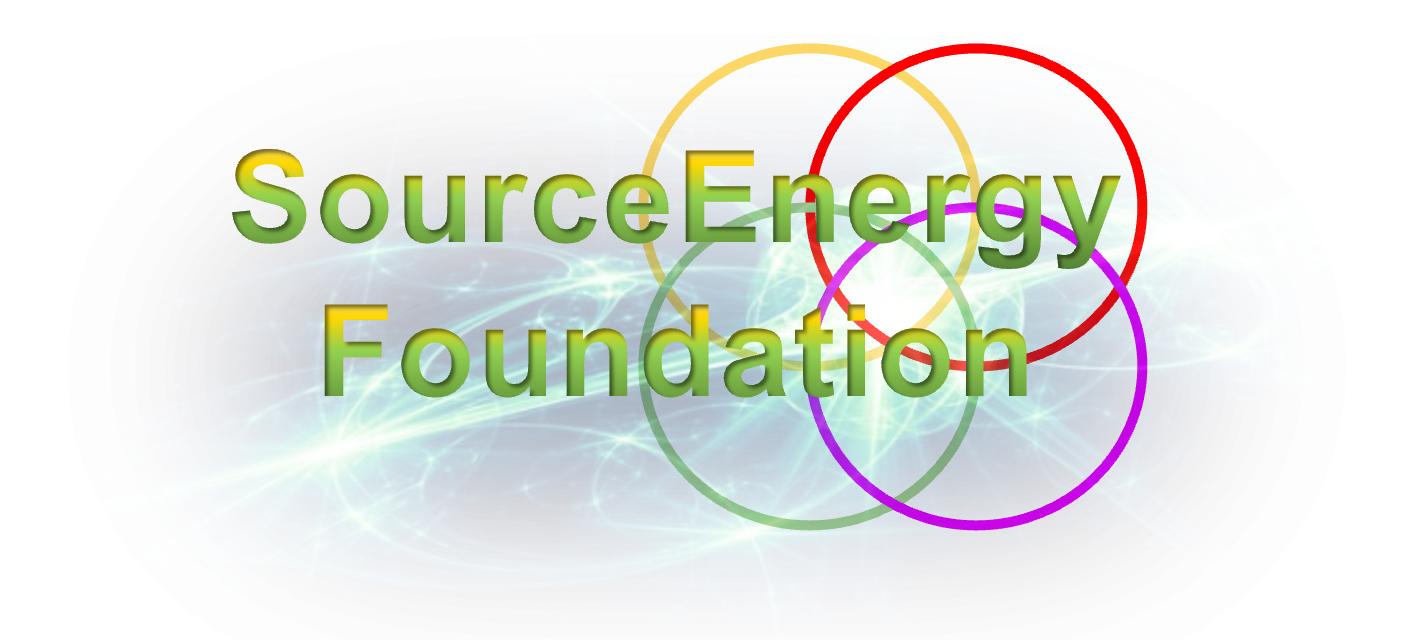Chile


We Start with the Communities
Translational Research Ethical Mining
Workforce/ Wealthforce Development
Re-invest: The Health of the Community is the Wealth of the Community
Direct Lithium Extraction (DLE) techniques are methods used to extract lithium from various sources, such as brine solutions or mineral ores. Here are some commonly used DLE techniques:
- Membrane Separation: In this technique, selective membranes are used to separate lithium ions from other ions present in the brine. It involves the use of ion exchange membranes or selective permeable membranes to facilitate the separation process.
- Solvent Extraction: Solvent extraction involves the use of organic solvents to selectively extract lithium from the brine or mineral solution. The solvent forms a complex with lithium ions, allowing for their separation from other impurities.
- Ion Exchange: Ion exchange resins or membranes are used to selectively bind and exchange lithium ions from the solution. The resins can be regenerated to recover lithium ions, while impurities are retained or removed.
- Electrodialysis: Electrodialysis utilizes ion-selective membranes and an electric field to selectively transport lithium ions across the membranes, separating them from other ions in the solution.
- Adsorption: Adsorption techniques involve the use of specific adsorbents or materials that have an affinity for lithium ions. The lithium ions selectively bind to the adsorbent, allowing for their separation from the solution.
- Precipitation and Crystallization: Precipitation methods involve adjusting the pH or adding specific reagents to induce the precipitation of lithium compounds, which can then be separated from the solution through filtration or other separation techniques.
It’s important to note that different DLE techniques have their advantages and limitations, and their applicability depends on the specific lithium source and desired purity levels. The choice of technique also depends on factors such as cost, scalability, environmental impact, and overall efficiency.


